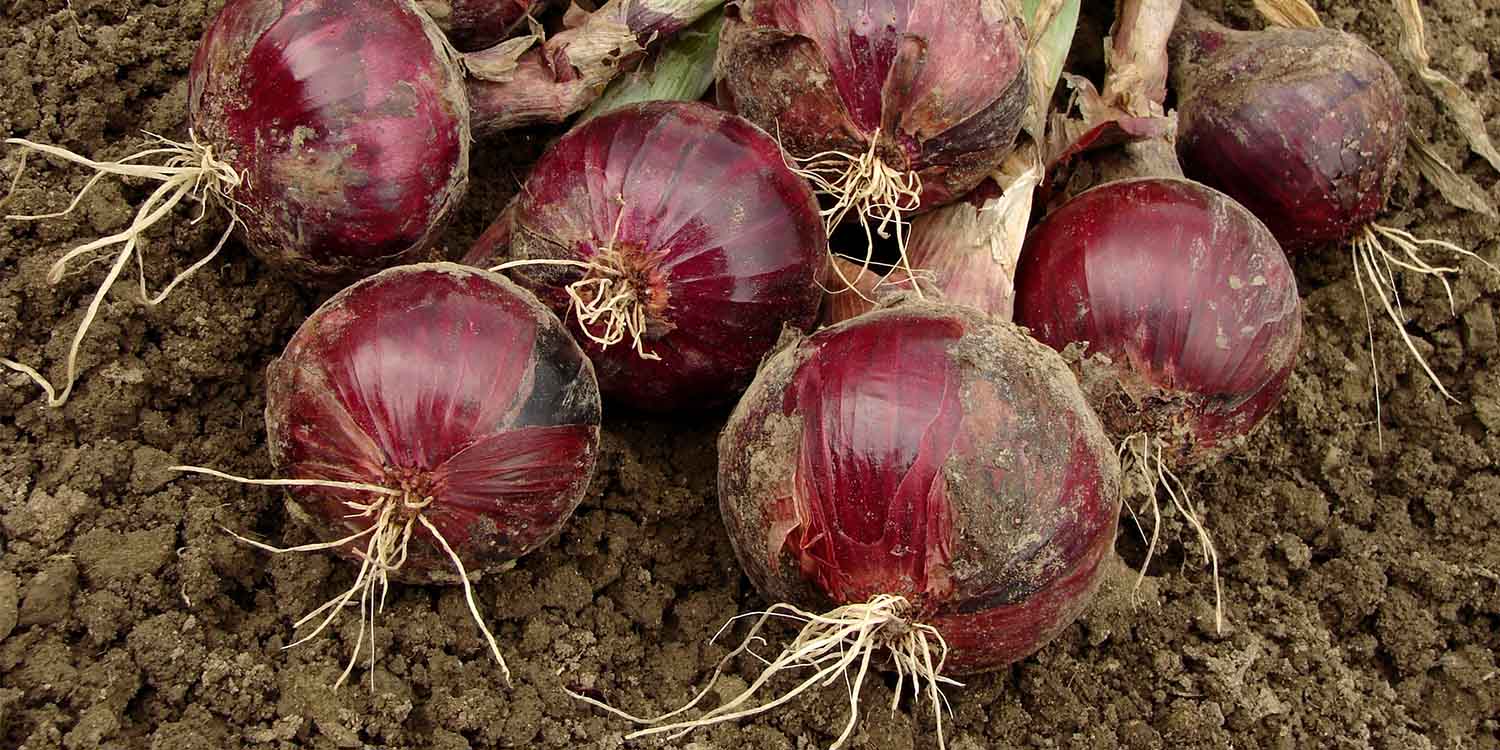
Red Creole onions are a popular variety of onion with a distinct red color and a sweet flavor. They are widely grown in Africa due to their adaptability to the local climate and high market demand. If you are interested in venturing into red Creole onion farming in Africa, here is a detailed step-by-step guide along with examples of successful projects and countries:
- Variety Selection:
- Choose a suitable red Creole onion variety for your region in Africa.
- Examples of red Creole onion varieties include Red Creole, Red Pinoy, Red Bull, and Red Amposta.
- Select varieties known for their disease resistance, storage capacity, and market acceptance.
- Site Selection:
- Choose a location with well-drained soil and access to sunlight.
- Red Creole onions thrive in sandy loam or loamy soils with good organic matter content.
- Ensure the site has proper irrigation facilities or access to water sources for efficient crop management.
- Soil Preparation:
- Clear the land of weeds, rocks, and debris.
- Conduct a soil test to assess its fertility and pH level.
- Amend the soil with organic matter, such as compost or well-rotted manure, to improve its nutrient content and structure.
- Carry out plowing or tilling to a depth of about 20-25 centimeters to create a fine seedbed.
- Seedling Production:
- Start onion seedlings in a nursery or seedbed.
- Sow seeds in trays or containers filled with a well-draining potting mix.
- Maintain adequate moisture and provide partial shade until germination occurs.
- Transplant the seedlings when they reach a height of 10-15 centimeters and have developed a good root system.
- Planting:
- Plant the red Creole onion seedlings in the main field at the recommended spacing, typically 10-15 centimeters apart in rows.
- Ensure proper alignment and spacing to facilitate good airflow and prevent diseases.
- Water the seedlings immediately after planting to promote establishment.
- Irrigation:
- Onions require regular and consistent moisture throughout their growing period.
- Implement an efficient irrigation system, such as drip or furrow irrigation, to provide adequate water.
- Avoid over-watering, as it can lead to disease development and leaching of nutrients.
- Fertilization:
- Conduct a soil test to determine the nutrient requirements of your onion crop.
- Apply organic fertilizers, such as compost or well-rotted manure, before planting to improve soil fertility.
- Supplement with balanced commercial fertilizers based on soil test recommendations.
- Split the fertilizer application into multiple doses during the crop’s growth stages.
- Weed Control:
- Weed management is crucial to reduce competition for nutrients, water, and sunlight.
- Employ manual or mechanical weed control methods, such as hand weeding or hoeing.
- Mulching with organic materials can help suppress weed growth and conserve soil moisture.
- Disease and Pest Management:
- Monitor the crop regularly for signs of diseases and pests.
- Common onion diseases include downy mildew, purple blotch, and bacterial soft rot.
- Use disease-resistant varieties, practice crop rotation, and maintain good field hygiene to minimize disease incidence.
- Employ integrated pest management (IPM) strategies to control pests, such as onion thrips and onion maggots, using cultural, biological, and chemical methods as needed.
- Harvesting:
- Red Creole onions are ready for harvest when the tops (leaves) start to dry and bend over.
- Gently lift the bulbs using a fork or spade, being careful not to damage them.
- Allow the bulbs to dry in the field for a few days, weather permitting.
- Trim the tops to about 2-3 centimeters and remove any damaged or diseased bulbs.
- Post-Harvest Handling and Marketing:
- Cure the harvested onions in a well-ventilated, shaded area for a few weeks to enhance their storage life.
- Clean and grade the onions based on their size and quality.
- Pack them in suitable containers, such as mesh bags or crates, for storage or market distribution.
- Identify potential buyers, including local markets, supermarkets, and processing industries, for selling your red Creole onions.
Successful Examples in African Countries or Projects:
- Ethiopia: The Ethiopian Agricultural Transformation Agency (ATA) has implemented onion farming projects, including the cultivation of red Creole onions, to enhance farmers’ income and food security.
- South Africa: The Hartswater region in South Africa is known for successful red Creole onion farming, with farmers adopting modern production techniques and meeting high-quality standards.
- Zimbabwe: Various onion farming initiatives in Zimbabwe, such as the Domboshava Onion Project, have successfully cultivated red Creole onions, contributing to local market supply and export opportunities.
Remember to consult with local agricultural experts, extension services, or successful farmers in your region for specific guidance tailored to your local conditions and market dynamics. Good agricultural practices, effective disease and pest management, and market knowledge are key to achieving success in red Creole onion farming in Africa.
Stay updated with the latest farming tips and agriculture industry news from Africa by subscribing to our newsletter. Don’t miss out on valuable insights and updates. Follow us on Twitter, LinkedIn, and Facebook to join our farming community and stay connected with us.



















Leave a Reply